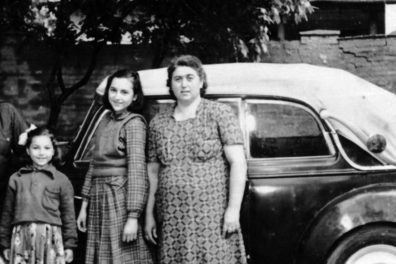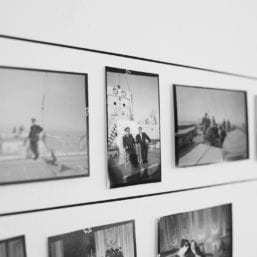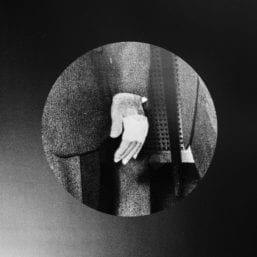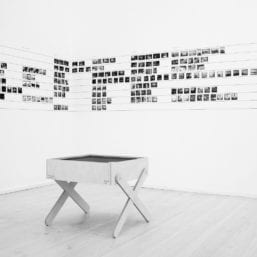Travelling Communiqué in Gothenburg, Sweden
23.05-09.06.2019
The transdisciplinary exhibition Travelling Communiqué was first shown at the Museum of Yugoslavia (MoY) in Belgrade in the summer of 2014 and it examines the role of one of the most important photographic archives of the 20th century, the archive of the cabinet of the life-long president of the Socialist Federal Republic of Yugoslavia (SFRY), Josip Broz Tito. It was the first and most extensive project ever made taking the photographic archive of MoY as it’s point of departure including more than sixty works by forty authors from thirty-two countries created in various media: video essays, photographs, collages, photo walls, films, articles, lectures, documentary material.
The project was developed as a collective work by Armin Linke (Germany/Italy), Doreen Mende (Germany) and Milica Tomić (born in SFRY), in collaboration with the MoY team of curators (Radovan Cukić, Ivan Manojlović, Mirjana Slavković), and through discussions with an international team of authors.
In addition to the eight journeys surveyed in the Travelling Communiqué exhibition, the exhibition in FG2 gallery presents the work of Klara Källström and Thobias Fäldt accompanied by Johannes Wahlström’s essay The End of Hypocrisy: A Good Day for Bad Weather. Källström and Fäldt explore the photographic material from the occasion when President Tito met with Prime Minister Olof Palme at Hagaparken in Stockholm in 1976. Through a comparative analysis of the photographs from Hagaparken found in the photographic archive of MoY and present time’s digital remains after the meeting, the search results extend well beyond the Cabinet’s control. The most searched-for information on the events in the park seem to concern a small incident with President Tito’s hand, an accident where his hand happens to be in the way of a closing car door. If search hits from the web are to be considered as a form of archaeological remains, the causal effect of what is left from the meeting is then a clamped limb. Accompanying essay by Johannes Wahlström dwells upon the idea that a narrative as that of the hand incident can no longer exist in the age of information, thus “the gap between what was said and what was done could simply no longer be meaningfully maintained, not when access of information had become so readily available.”
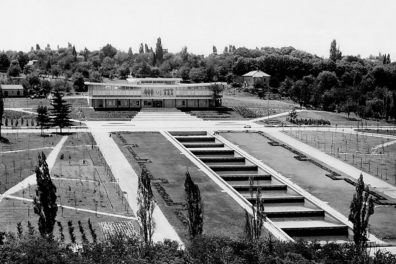
The Origins: The Background for Understanding the Museum of Yugoslavia
Creation of a European type of museum was affected by a number of practices and concepts of collecting, storing and usage of items.
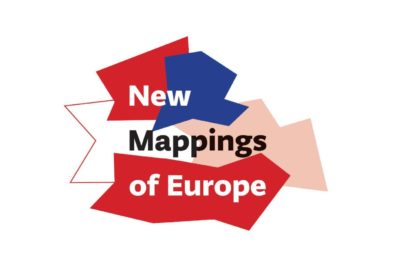
New Mappings of Europe
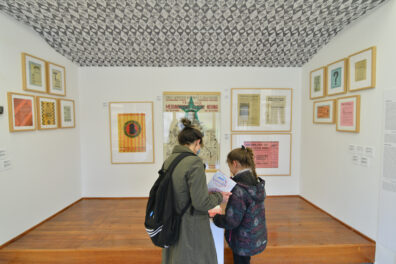
Museum Laboratory
Starting from the Museum collection as the main source for researching social phenomena and historical moments important for understanding the experience of life in Yugoslavia, the exhibition examines the Yugoslav heritage and the institution of the Museum
